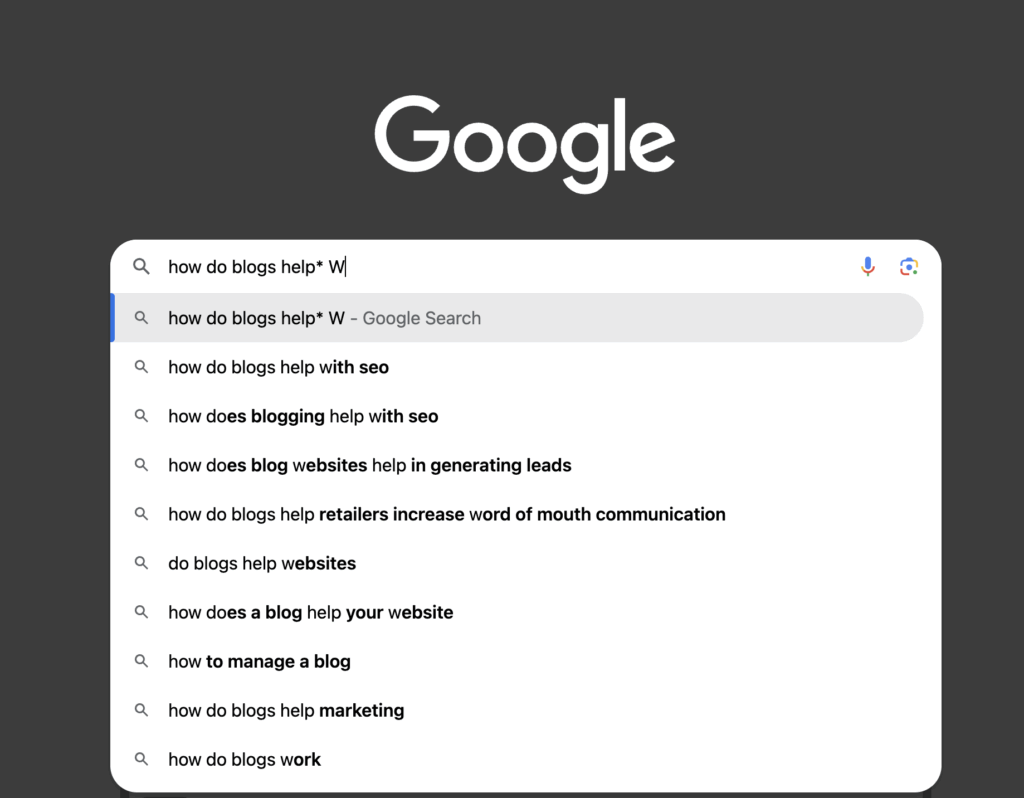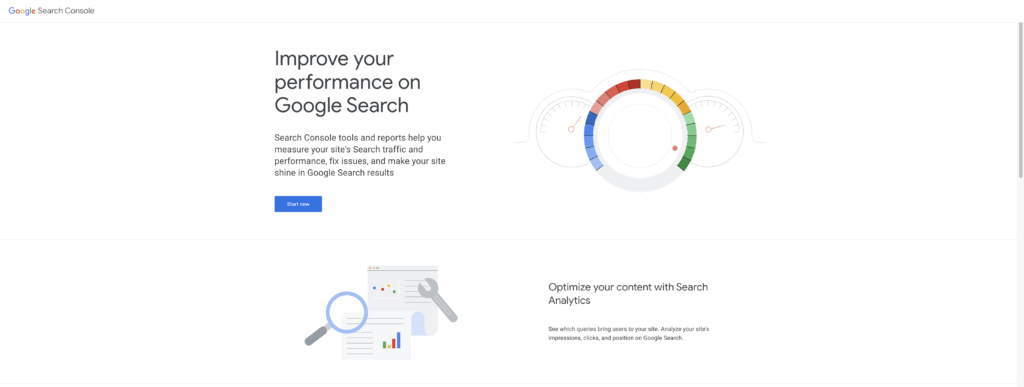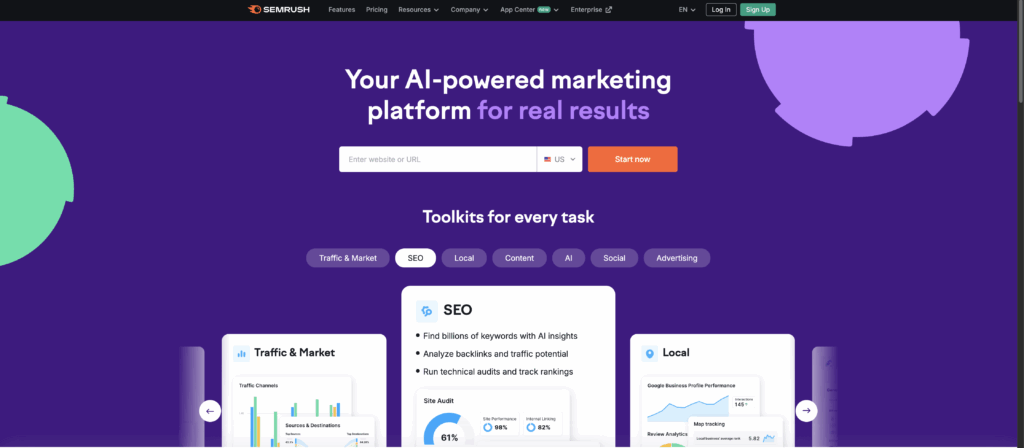Learn How Blogging Supercharges Your SEO in 2025
Intro
Are you struggling to climb Google rankings, even with a good-looking website? If this is the case you are not alone. Chances are you are likely missing one of the most underrated SEO power plays: blogging. But not just any blogging strategic, search engine optimized, high quality content.
In this article by the Cindtoro team we are going to show you how blogs help your SEO, and give you the best practices on how to make a blog post better so it performs well in Google Search and attracts a relevant audience.
Why Blogging Is Still a Heavy Hitter in SEO
Yes, blogging helps SEO search engine optimization but only when done correctly. It used to be that you could just create a website with a bit of content and you would rank on Google. However this is not the case anymore. Google values high quality content that is relevant to a user’s search query. Google is always releasing new algorithm updates to promote well written content and diminish the quality of poorly produced low quality content.
Without a blog you are stopping your website’s ability to establish EEAT or Experience, Expertise, Authoritativeness, and Trust with Google. This will prevent your website from generating high quality website traffic and may leave you thinking that SEO does not work at all.
Think about it this way. Who are the biggest websites that you know of? News organizations, major companies, or a powerful business in your industry, They all have one thing in common: they regularly produce content that their audience would find useful. They may call it something other than a blog but the core concept is still there.
The SEO benefits of Blogging
Keyword Targeting
Topic clustering
A blog’s ability to enhance the number and type of keywords that you rank for is one of its main benefits. When you first get started with blogging your website is unknown, does not rank for many keywords and has a difficult time establishing EEAT. However as you continue down the path of creating high quality content you will rank for more keywords. This happens in a few different ways one of which is called Topic clustering (grouping certain topics together). Think of things such as all of your SEO articles in one place.
Rank For Semantic Keywords
This also encourages ranking for latent semantic indexing (LSI) of keywords; this is where your website will start to rank for secondary terms that are closely related to your primary keyword – what your article is about these are synonyms of your primary keywords. Over time this helps to improve a search engine’s ability to understand the full context of your content helping you increase traffic.
Better Search Intent Mapping
As you create great blog posts and improve your search engine rankings. You will also gain the ability to perform better search intent mapping. This will allow you to better match your content with the needs of your target audience ensuring that you always hit your mark.
Improved internal linking
Another benefit you get from blogging? Improved internal linking. As you write new blog content you will have other posts that you can link out to. This is actually where the original concept of the World Wide Web came from sets of pages linked together from around the world.
This internal linking will help you improve the overall blog’s ability to rank on search engines like Google. An internal link helps your blog by letting Google discover additional pages they should know about. We understand that linking to another post can be a chore but it will greatly improve your organic traffic over time.
Backlink Magnetism Aka Link Bait
The main goal here is to make your blog so good, others link to it naturally!
When you create high quality people first content that is engaging to readers you are creating a piece of content that is worth linking to. Backlinks are a key fundamental of SEO without them your SEO simply will not work.
You should always strive to make your website and blog post so amazing that people have to link to it. Google will not reward blogs that gain links in an unnatural manner. If you are trying to “game” the system the best way to really win is to not take shortcuts and put in the real work required.
Better Content Freshness and Topical Authority
By blogging on a consistent basis you are boosting the SEO of your entire website. The very nature of having a blog means that your company is staying up to date with the latest happenings inside of your industry.
Fresh topically relevant content is exactly what Google wants to see when their ranking algorithm is considering who to rank and for what keywords. By empathizing content freshness and topical authority. You are in direct guidance with Google’s Helpful Content Update which will then help to increase your SEO.
Improved User Engagement Signals
A well optimized blog will do wonders for your SEO by helping to increase the key user signals that Google looks for then determining which websites have great content. These are things such as engagement, page views, dwell time and scroll depth.
All of which will get better as you continue down the path of creating amazing content. As new positive user experience signals are shown to Google they will increase your rankings within the search engine helping you to be found by more users.
Best Practices for SEO Blogging in 2025
If you really want to get the most out of your content creation efforts for SEO you need to know the most up to date best SEO practices for blogging. We have bullet-point outlined some of the most important key elements for 2025.
- Mobile First Indexing
- Rich Snipperts
- Page Experience Signals
- AI Detection
- Proper Keyword Usage
Mobile-first formatting
Website traffic is increasingly relying on mobile devices to search for new information. According to Statista did you know that 61.85% of internet traffic comes from mobile devices.
Google takes this so seriously they have switched to mobile first indexing. Prioritizing the mobile version of a website over the desktop.
With this in mind you should highly consider the overall quality of your website on mobile devices. You should always be striving to provide a great mobile experience no matter what type of device a user may have.
Rich snippets with structured data
Rich snippets help you tell more information about the content of your website or post to Google. These are very common for websites that are about recipes or similar tutorial type websites. There are numerous different types of rich snippets and structured data you can apply to a post.
This will all depend on the type of content that you write about. We encourage you to read the Schema.org documentation to understand what type of Schema you should be using for your content. If you need help adding structured data to your website we can assist you.
Page experience signals (Core Web Vitals)
A best practice to improve your traffic is to follow core web vitals. In case you do not know core web vitals are composed of three (3) key areas.
Largest Contentful Paint (LCP)
Largest Contentful Paint (LCP) measures the perceived loading speed of a webpage by tracking when the largest content element on the page becomes visible.
A good LCP score is under 2.5 seconds.
Interaction to Next Paint (INP)
Interaction to Next Paint (INP) measures the responsiveness of a webpage by evaluating the latency of user interactions (eg: clicks, taps, keyboard inputs).
Note: INP replaced First Input Delay (FID)
A good INP score is 200 milliseconds or less.
Cumulative Layout Shift (CLS)
Cumulative Layout Shift (CLS) helps to measure the visual stability of a page by tracking the amount of unexpected layout shifts that occur while a webpage is loading.
A good CLS score is 0.1 or less.
Core Web Vitals are part of Google’s “page experience” ranking signals, which means they significantly impact your website’s search engine ranking and overall user experience. So, if you want to improve blog performance you should focus on Improving these metrics as this will lead to better search results and a better user experience
Use of AI detectors & maintaining authenticity in content
This is becoming overwhelmingly important especially with the advent of ChatGPT. It may seem like a Godsend to be able to create content on the fly but we hate to break it to you but GPT content does not work well for SEO unless you take additional steps to it. If you use AI to create your content it will sound like everyone else’s. The best blog content is human written and takes a long time to create.
You will never be able to use AI to create your blog content without a lot of work. Google is flooded with low quality AI content. If you want to compete you will need to do the things that take effort.
Natural keyword usage based on real user queries, not just tools
There are a number of keyword research tools to use but you need to know how to use them properly. If you use too few keywords you will never be found but if you use too many you can be penalized. As a best price you should always avoid keyword stuffing. The best way avoid stuffing is to know how many keywords to use for SEO. Finding natural keyword queries can be done easily
How to Find Keyword Queries From Google
Finding natural keyword quires is easier thank you think. Go to Google, type in your question but do not complete the whole part.
As an example see how we only wrote “how do blogs help” without the rest of the “with SEO” added only the “W” By adding an asterisk ( * ) to the end of the word help then typing the next letter of your query this will give you the ability to see what keywords people are using to find the content of your post. You should include these in your content.

Blog Post Optimization Checklist
To create the best content possible you need to hit as many factors as possible. The more factors you hit the better.
If you have ever been wondering how to make a blog post better this section is specifically made for you!
Compelling H1 with a clear value prop
The h1 tag can also be considered your blog post title. The ideal length of a blog post title is around 60 characters or 8-14 words. This should give you ample room to use your target keyword and describe what your post is about.
Here is an example of clear compelling H1 with a value proposition

As you can see from this image the keyword we want to be found for is front and center followed by what we do.
Meta Title & Description Using emotion & keywords
Next you have a meta description. A meta description is like a sales pitch. When written correctly it will help people want to click on your website over others on the search results page. The optional meta description length should be about between 50 and 160 characters. This translates to about 8 to 35 words depending on word length.
You also get other benefits from writing great meta descriptions which is improved click through rate (CTR) which then helps to tell Google you have a search result worth promoting higher in their rankings.
Below is an example of a great meta description:

Visuals
The web is overwhelmingly visual. Gone are the days where you can create content that is just large sections of text. To make your blog post better you should include various types of images, info graphics and as event videos. The best type of content visuals are the ones that you make on your own. You also should try to keep your use of other pages’ images to a minimum. As doing so will harm your SEO efforts.
Internal links
Before publishing a blog post make sure it has internal links to other pages so you pass the other pages SEO back and fourth. When you do this you are not only creating a way to keep more users on your other webpages but you are also helping Google Understand the context of your other pages.
Here is an example of using an internal link effectively

External links to authority sources
Search engines do not want to send valuable website traffic to websites that do not share. This is where external links come into play. As a rule of thumb you should always externally link to the highest quality authoritative sources you can find in your industry.
Examples of things that make great external links are other pieces of content, statistics, market reports or anything else that your audience may find valuable.
This is also how you raise your domain authority by acquiring backlinks from one external website back to yours. This is also why you want to ensure you create the best content possible so you can attract more links!
CTA or conversion path at the end
You should always include a conclusion and a high quality action at the end of your content. At the end of the day nobody creates content just because. There is almost always some type of call to action placed at the end of a piece of content.
Content Calendar and Topic Strategy
The best performing blogs have SEO in mind. This starts with the creation of a content calendar and topic strategy. As the name implies this is the process of creating an editorial calendar so you know what you will be writing on and when. Outlining all of your posts will help you see patterns or other areas of improvement that can be made for each post.
Of course you could do this the old fashioned way but nowadays there are great research tools available to pick winning topics your audience will love.
Google Search Console

The Google search console will help you gather the most accurate data about your website and will allow you to see what keywords you are ranking for, the number of impressions and how many clicks your website has received. As you write on more topics you will gain more data further expanding your ability to repeat the process to find great topics
AnswerThePublic
Tools such as AnswerThePublic can help you get access to valuable long tail keywords in the form of question based queries. The information you get here will help you create new content around what your audience is actually searching for so you can better assist your audience with what they care about.
Ahrefs / Semrush Tools

Ahrefs / SEM rush are paid SEO tools used by bloggers, business owners, marketing agencies that you can use to find both question and normal based queries. They will also allow you to match the search intent of your users so that you create content aligned with your goals and stay inline with what a search engine is expecting to see as well.
Frequency & consistency matters
Regardless of how you create your content calendar and topic strategy when it comes to the content creation process the frequency and consistency matter more than the volume of post. Eventually that plays a factor but you should always remember quality over quantity!
Conclusion
Now that you know how blogs help SEO it is time to start creating the content your audience is looking for. It is not just about churning out words. Blogging about creating content with purpose content that ranks, earns links, and builds trust. Start gaining the traffic that your website deserves. If you need help creating new SEO optimized blog content get in touch with our team today we would love to help you!
We also recommend reading:
Whaat does direct traffic mean in Google Analytics
Rapid URL Indexer Vs Google Search Console
Understanding Event Count with Google Analytics
FAQs
Can I use GPT to create my blog post?
You should not use ChatGPT to create your blog post. Unless you take additional steps. We have outlined the steps in this post explaining the ways how ChatGPT hurts SEO.
Are comments necessary for blog posts?
Blog comments are NOT necessary or blog post however they may indirectly help your SEO.
What industries does blogging work for?
Blogging / content creation process will work for every industry. If you need help with content creation for your business check out the industries we serve.
